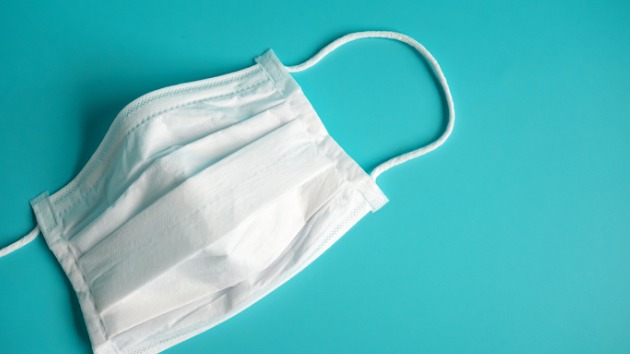 pinkomelet/iStockBy MEREDITH DELISO, ABC News
pinkomelet/iStockBy MEREDITH DELISO, ABC News
(LOS ANGELES) — California marked a grim milestone this week, as it surpassed New York for the highest number of COVID-19 deaths in the United States.
As of Feb. 12, 46,022 Californians have died due to the virus, according to Johns Hopkins University. New York, which had held that morbid distinction since it was the epicenter of the pandemic last spring, has reported 45,453 deaths, per JHU’s tally.
The lead comes after a winter surge in COVID-19 cases, hospitalizations and deaths that has only recently begun receding. But California’s death toll tells another troubling tale — as of Feb. 10, Latino people represent 46.3% of COVID-19 deaths, despite making up 38.9% of the state’s population, per state data. Latino people — who are often on the front lines as essential workers — also make up more than half (55%) of the state’s cases and have the greatest share of cases and deaths at every age group, except among ages 80 and up.
For Hernan Hernandez, executive director of the California Farmworker Foundation, the novel coronavirus has further illustrated that there are “two different worlds” in California.
“It took a pandemic to see exactly the devastation that it has brought upon our communities, but also the unequal world that we live in in California,” Hernandez told ABC News.
Hernandez’s foundation offers services to help improve the quality of life of the state’s agricultural workforce, an overwhelming majority of whom are Hispanic, he said. During the pandemic, that has meant bringing COVID-19 testing to work sites and, in recent weeks, helping register farmworkers to receive the vaccine. In the past two weeks, the organization registered over 500 farmworkers in the Central Valley — the hub of agricultural production in the state — he said.
Many workers are experiencing anxiety and depression as the pandemic has worn on, Hernandez said.
“It’s been quite tough,” he said. “A lot of them have suffered losses. They experienced COVID themselves.”
“You have no idea how many farmworkers we talked to already that lost parents, cousins, uncles or friends,” he said.
Hernandez has heard several incidences of workers bringing COVID-19 home, often to multigenerational housing, and family members subsequently dying from the virus.
“It’s horrible what’s happening,” he said. “It really took a toll on the whole family structure.”
Vaccination rates are only further exposing disparities. State data shows that out of 5.5 million vaccine doses administered, 15.8% of people who received at least one dose identified as Latino. That’s half the rate (32.6%) of white residents, who make up 36.6% of the state’s population.
Among its efforts to address health equity during the pandemic, the state is looking to ramp up vaccine distribution in the Central Valley by converting some of its COVID-19 testing sites created in partnership with OptumServe into vaccine distribution sites, Gov. Gavin Newsom announced this week. The state is also looking to open a mass vaccination site in the Central Valley, he said, calling the region a “top priority.”
Yet, Hernandez said COVID-19 testing has taught them that mega-sites “don’t encompass the population that we serve” — who can’t afford to take the day off of work and potentially wait several hours for an appointment.
“We need to go directly to their worksite, or to their communities, at appropriate hours, so that therefore they can receive the vaccine,” Hernandez said.
The foundation plans to open up vaccination pods, too — once there is enough supply.
In Santa Clara County, a walk-up vaccination site opened at the Mexican Heritage Plaza in East San Jose, to target the area’s Latino immigrant community.
Fresno County, in the Central Valley, wrapped up a pilot vaccination program that offered approximately 3,200 doses to farm and agriculture workers on Thursday. The program helped bring the community together to protect themselves from the virus, Fresno County Community Health Division Manager Joe Prado said during a media briefing Friday.
“You saw farming groups come together and bring other farmers, other packing houses, to get people vaccinated,” he said.
This week, Long Beach, in Los Angeles County, launched mobile vaccine clinics to “take the vaccine directly to neighborhoods that need it most,” Mayor Robert Garcia said in a statement.
Garcia told ABC News Live last week that the clinics are modeled after the city’s mobile outreach for COVID-19 testing, which brought bilingual workers into undocumented communities to help residents feel more comfortable.
“If we don’t hyperfocus on some of the cultural needs and awareness around the Latino population and how they relate to vaccination or testing, we’ll continue to lose a lot more lives,” he said.
Copyright © 2021, ABC Audio. All rights reserved.

